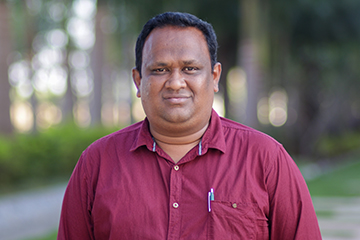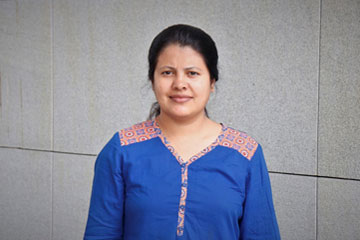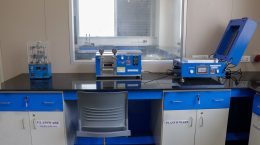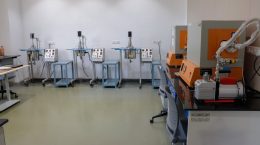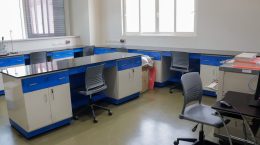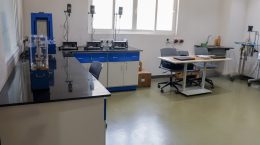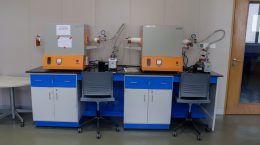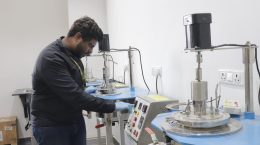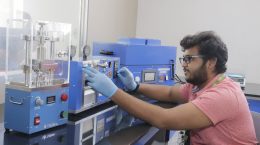SRMAP – Amara Raja Centre for Energy Storage Devices
SRMAP - Amara Raja Centre for Energy Storage Devices has been established to design and develop low-cost, fast-charging, next-generation Lithium-ion battery innovations for smarter E-mobility in collaboration with Amara Raja Batteries Ltd. (ARBL) in India.
The Centre will have state-of-the-art facilities powered by top researchers from industry and academia to drive innovation from the laboratory to the market. Researchers working on this include cross-discipline experts from ARBL and the faculty of SRM University-AP.
Aligned with India’s national mission on transformative mobility and battery storage, the Centre is committed to driving clean, connected, shared and sustainable mobility initiatives.
" The Centre of Excellence intends to bring cross-pollination of ideas and catalyse new-age innovations. Batteries are critical technologies to achieve deep decarbonisation of the energy system, creating smarter transport with electro-mobility and a smarter power grid with the storage of intermittent renewable energy sources. This means establishing an acceleration platform for the discovery of new battery materials using machine learning and 3D printing, especially focusing on interfaces in batteries where reactions take place that can be detrimental to battery life. We will design smart functionalities down to the battery cell level and pay particular attention to sustainability issues."
New materials and new processes of electrodes for advanced Li-ion batteries
- To achieve energy density upto 350 Wh/kg
- Optimised 3D printing processes to improve the capacity, charge acceptance and cycle life
Cost-effective or cobalt-free cathode materials and Flammable Resistant (FR) electrolytes for Li-ion battery
- Fast charging capability of the battery for E-mobility applications (E-Car & E- Bus) and cost-effective technology
- To improve the safety of the cell as compared to the Conventional Li-ion battery
Alternative energy storage technologies (e.g. Na-ion, Li-air, Li-S etc.), including solid-state batteries for emerging applications
- Low-cost battery as compared to present conventional Li-ion battery
- To improve the energy density upto 400 Wh/kg with the enhanced safety of the SSBS with respect to conventional Li-ion battery
- To improve the energy density upto 500 Wh/kg with the enhanced safety of the SSBS with respect to conventional Li-ion battery
Develop innovative processes for recycling batteries
With India having announced its ambitious intent to go all-electric by 2030, the Centre will tap the application and product-oriented interdisciplinary research to drive fast-charging, low-cost, battery electronic materials on a large scale using cost-effective manufacturing methods, high ionic conductivity electrolytes, industrial-scale fabrication of porous battery electrodes using 3D printing technology, and custom-designed efficient thermal and electronic control protocols for assembled battery packs.
Currently, the total cost of Lithium-ion batteries in Electric Vehicle, EV (75 kWh capacity) is US$ 15,000 (~INR 10.5 lakhs) with a 300 km drive range per charge. The cost of the batteries is more than half the cost of the vehicle and sometimes equal to the cost of the vehicle. The battery cost and its charging infrastructure are critical barriers to the growth of the EV market in India and abroad.



